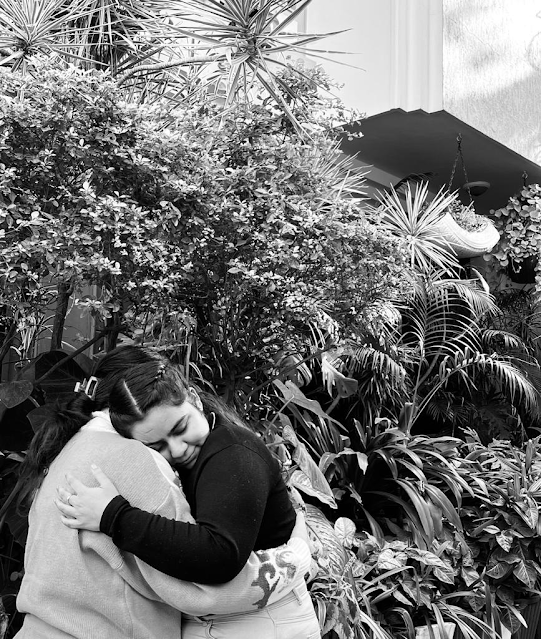Let Them Stumble, But Be There to Catch Them: The Art of Empowerment
Have you ever watched a toddler take their first shaky steps? There’s this mix of excitement, fear, and joy.
You want to scoop them up, keep them safe, and never let them fall.
But you don’t, right? You cheer them on, arms outstretched, ready to catch them if they tumble. It’s nerve-wracking, but it’s also necessary.
Now, what if I told you that life—messy, unpredictable, and beautiful—isn’t all that different?
That learning to walk, whether at two or thirty-two, isn’t just about balance.
It’s about resilience, independence, and the quiet confidence of knowing, “I can do this.”
The Dilemma of Helping vs. Holding Back
I’ve been mulling over a tough one lately: Is it kinder to shield someone from their struggles or teach them to face the storms?
When your best friend is sobbing over yet another heartbreak or your sibling is venting about their impossible workload, your instinct might be to swoop in with solutions. You want to make it better, easier, less painful.
But here’s the kicker: When we solve their problems, we sometimes rob them of the chance to grow.
Sure, they’ll feel better for a moment, but what happens when we’re not there to fix things next time?
Are we helping, or are we accidentally turning into crutches?
The Balancing Act: Be the Guide, Not the Savior
Imagine this: You’re teaching someone to ride a bike. You don’t strap them to the handlebars and pedal for them (as hilarious as that visual might be). You give them a gentle push, let go, and watch as they wobble their way to freedom.
Maybe they fall—probably more than once—but eventually, they find their rhythm.
Life’s lessons are kind of like that.
Your job isn’t to remove every obstacle but to guide them through the stumbles. Think of it as being a safety net, not a steering wheel.
And hey, I’m not saying you should leave people high and dry.
Listening to someone’s rants, being their shoulder to cry on, or holding their hand during tough times isn’t a bad thing.
It’s human, and it’s love. But if all we do is carry them, aren’t we quietly telling them they can’t do it alone?
Real Talk: Why It’s Hard
I get it.
Watching someone you care about struggle can feel like your heart is being squeezed in a vice.
I’ve been there—trying to pep-talk a friend through a tough breakup, only to find myself mentally drained because they didn’t take a single step on their own.
And then the lightbulb went off: My well-meaning support wasn’t helping; it was enabling.
It hit me like an awkward plot twist: Growth often comes wrapped in discomfort. And sometimes, the kindest thing you can do is let someone sit with that discomfort while you cheer them on from the sidelines.
How to Strike the Right Balance
- Start Small: Encourage them to tackle manageable challenges first. Celebrate those wins together—it’s fuel for bigger battles.
- Ask, Don’t Assume: Instead of diving in with advice, try asking, “What do you think would help?” Sometimes, they just need someone to believe they’ve got this.
- Be the Soft Place to Land: Let them know you’re there if they fall, but don’t take the fall for them.
- Lead by Example: Show them how you handle your own battles. Vulnerability and resilience are contagious.
A Gentle Nudge for You
So, what’s the takeaway? Empowering someone isn’t about stepping back entirely or swooping in to save the day. It’s about walking alongside them, offering support without taking over, and trusting that they’ll figure it out—even if it takes a few tumbles.
Next time someone leans on you, pause and ask yourself: Am I helping them grow or holding them back?
Let that question guide you, and don’t be afraid to get it wrong sometimes.
After all, we’re all just learning to walk our own paths.
What do you think?
Have you ever had to step back and let someone struggle?
Or maybe you’ve been on the other side, wishing someone had let you find your own way?
- Get link
- X
- Other Apps



Comments
Post a Comment